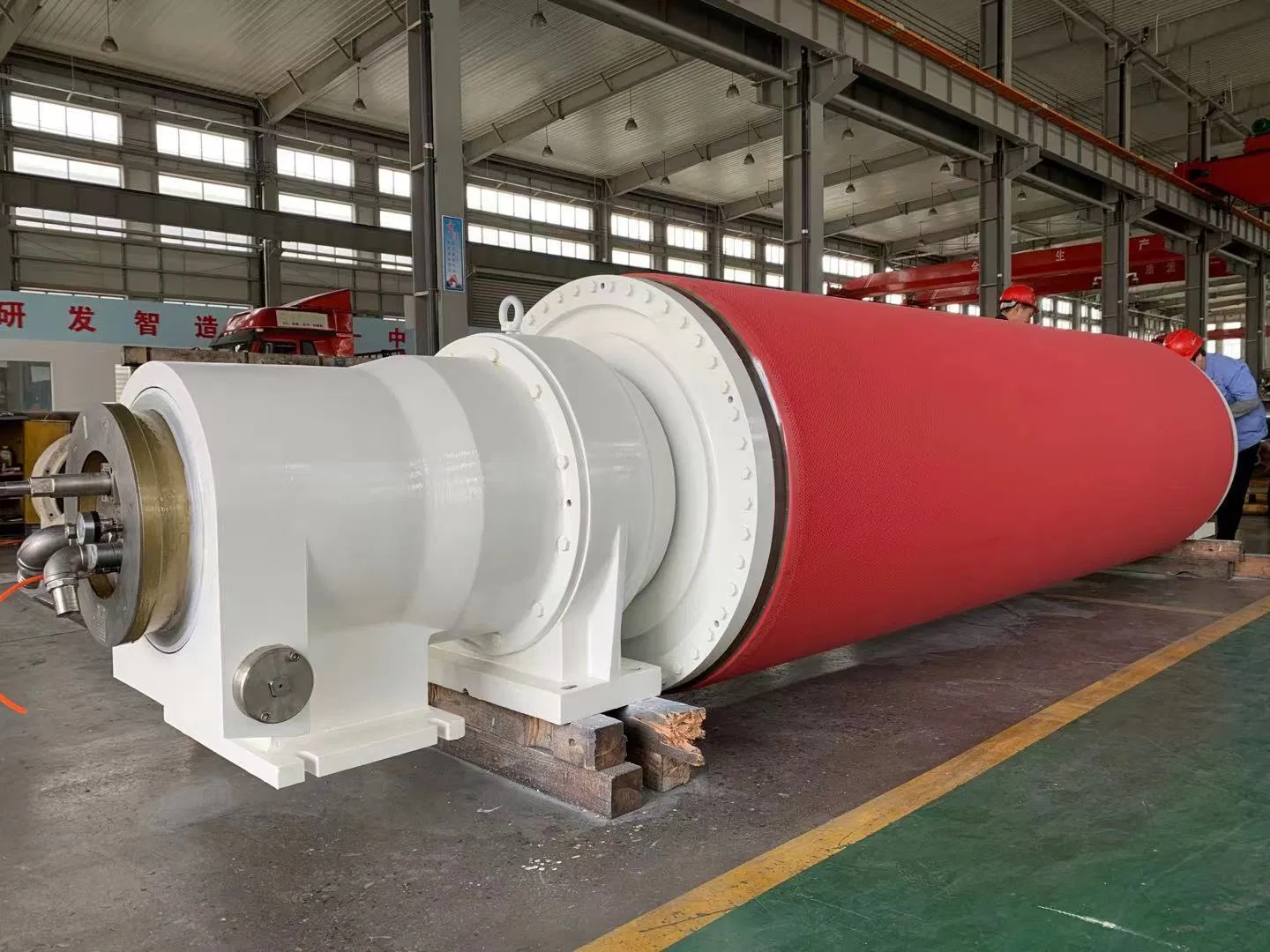The process of stone roll grinding is crucial for maintaining optimal performance and extending the operational life of these essential components in various industries. From flour milling to mineral processing, the precision and effectiveness of stone roll grinding directly impact the quality of the final product and the overall efficiency of the operation. A well-maintained roll surface ensures consistent particle size reduction, minimizes energy consumption, and reduces downtime associated with premature wear and tear.
Effective stone roll grinding hinges on understanding the specific material properties of the stone rolls, the nature of the material being processed, and the desired outcome. Different stone types, from granite to basalt, possess varying hardness, porosity, and abrasive resistance. These factors influence the selection of grinding wheels, the applied pressure, and the speed of the grinding process. Ignoring these critical parameters can lead to uneven wear, surface damage, and reduced efficiency.
Factors Affecting Stone Roll Grinding Efficiency
Grinding Wheel Selection
Choosing the right grinding wheel is paramount. Diamond-impregnated wheels are often preferred for their hardness and durability, allowing for precise material removal and a smooth finish. The grit size of the diamond particles dictates the aggressiveness of the grinding action. Coarser grits are suitable for rapid stock removal, while finer grits are employed for achieving a polished surface finish.Cooling and Lubrication
Adequate cooling and lubrication are essential to prevent overheating, which can lead to thermal stress fractures and premature wear of both the stone roll and the grinding wheel. Water-based coolants are commonly used to dissipate heat and flush away grinding debris, ensuring a clean and efficient grinding process.Maximizing Stone Roll Longevity
Regular Maintenance
A proactive maintenance schedule, incorporating regular inspections and timely grinding, is key to maximizing the longevity of stone rolls. Early detection of wear patterns and surface imperfections allows for corrective action before significant damage occurs. This preventative approach minimizes downtime and extends the operational life of the rolls, contributing to long-term cost savings.Proper Storage
Even when not in use, stone rolls require proper storage to prevent damage. Storing them in a clean, dry environment, free from excessive temperature fluctuations and humidity, helps maintain their integrity and prevents surface degradation. This is particularly important for porous stone types, which are susceptible to moisture absorption and subsequent damage.Understanding Wear Patterns
Analyzing wear patterns provides valuable insights into the grinding process and can help identify potential issues. Uneven wear can indicate imbalances in the grinding setup, while localized wear may suggest problems with material feed or distribution. By understanding these patterns, operators can make adjustments to optimize the grinding process and extend the life of the rolls.Practical Applications and Examples
In the flour milling industry, maintaining sharp and precisely ground stone rolls is crucial for producing consistent flour particle size. This directly impacts the quality of the final baked goods. In mineral processing, the efficiency of stone roll grinding affects the liberation of valuable minerals from the ore, impacting overall recovery rates.
Consider the example of a cement plant utilizing stone rolls for grinding raw materials. Implementing a robust grinding and maintenance program ensures the consistent production of finely ground materials, crucial for the quality and strength of the final cement product.
How often do you evaluate the effectiveness of your stone roll grinding process? Are you leveraging the latest technologies and best practices to maximize efficiency and longevity?
Conclusion
Stone roll grinding is a critical process that directly impacts the efficiency and longevity of these essential components. By focusing on factors such as grinding wheel selection, cooling, lubrication, and regular maintenance, operators can optimize performance, minimize downtime, and extend the operational life of their stone rolls. This translates to improved product quality, reduced operating costs, and a more sustainable operation overall. Investing in proper stone roll grinding techniques is an investment in the long-term success of any operation that relies on these vital components.



